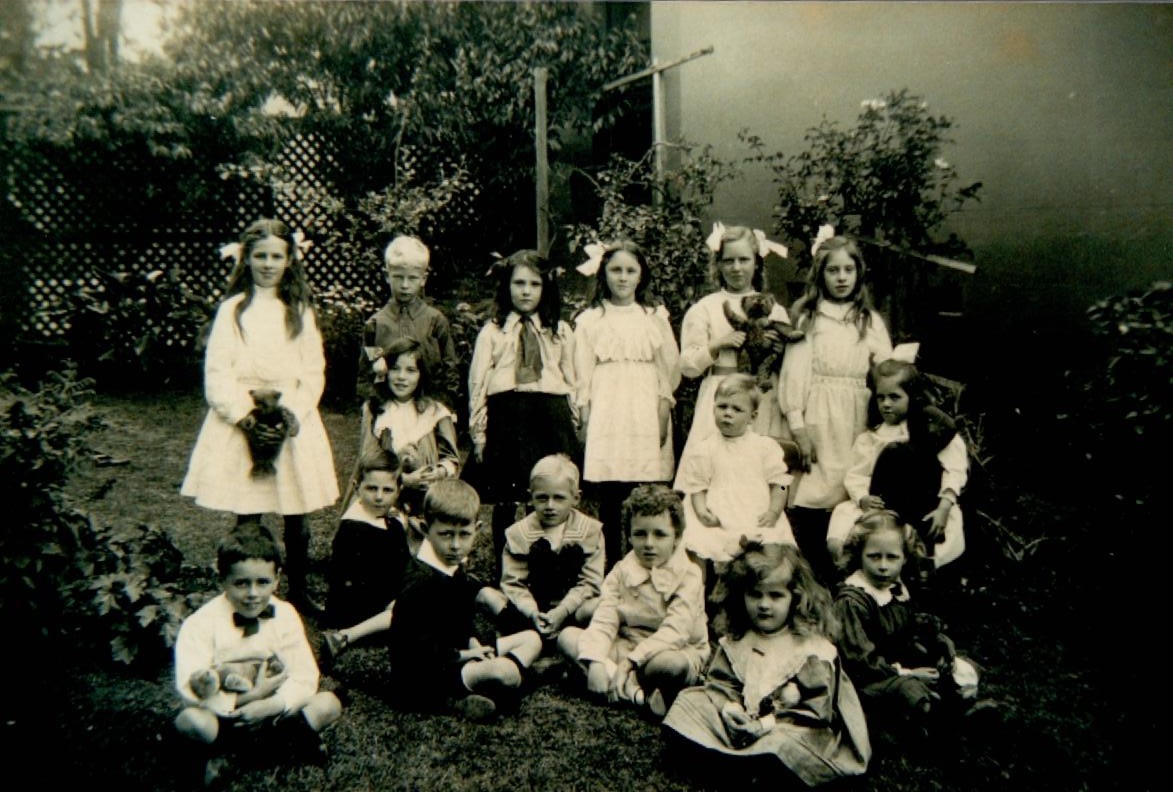From its establishment in 1897 with just a handful of pupils to its present-day enrolment of approximately 1,800 students, Meriden has been special to all those who have passed through its gates.
A good school is so much more than the buildings it occupies. It is about the people who come together to teach, learn, explore and grow. The importance of each individual student, her talents and abilities and the nurturing of a loving and supportive Christian community have been central and uniting concerns throughout the School’s history.
For over 125 years, Meriden has proven its ability to meet and embrace change without losing the ethos and traditions that have enriched the lives of its students. Meriden adheres firmly to three educational objectives: a high academic standard; the incorporation of Christian values in the educational process; and the creation of an environment conducive to the personal, intellectual and physical development of young women.

School Crest
Meriden’s crest was designed in 1921 by the School’s art teacher, Mr Albert Collins. The crest bears Meriden’s motto – Semper Fidelis (always faithful) together with a representation of the lilies of Parnassus. In ancient Greece, Mount Parnassus was regarded as the mountain sacred to the muses and the centre of the earth. The muses were said to preside over the whole realm of learning – each having a special province, such as poetry, science or history. The crest reminds students that the treasures of learning are not to be won without effort in climbing the slopes of Mount Parnassus.
School Motto
Meriden’s goal is expressed in the motto Semper Fidelis – always faithful. We aim to be semper fidelis in our relationships – with God, each other, our Australian heritage and the wider community.

School Song
The School Song was composed in 1926. The lyrics were written by the Prefects of that year. Another verse was added by the Prefects of 2011 to complement the original verses.
Acknowledgement of Country
We acknowledge the traditional custodians of this land, the Wangal people of the Dharug Tribe. On this land they taught their children their beliefs, knowledge and culture and we pay our respects to them and their Elders past and present, as we seek to do the same for our children.